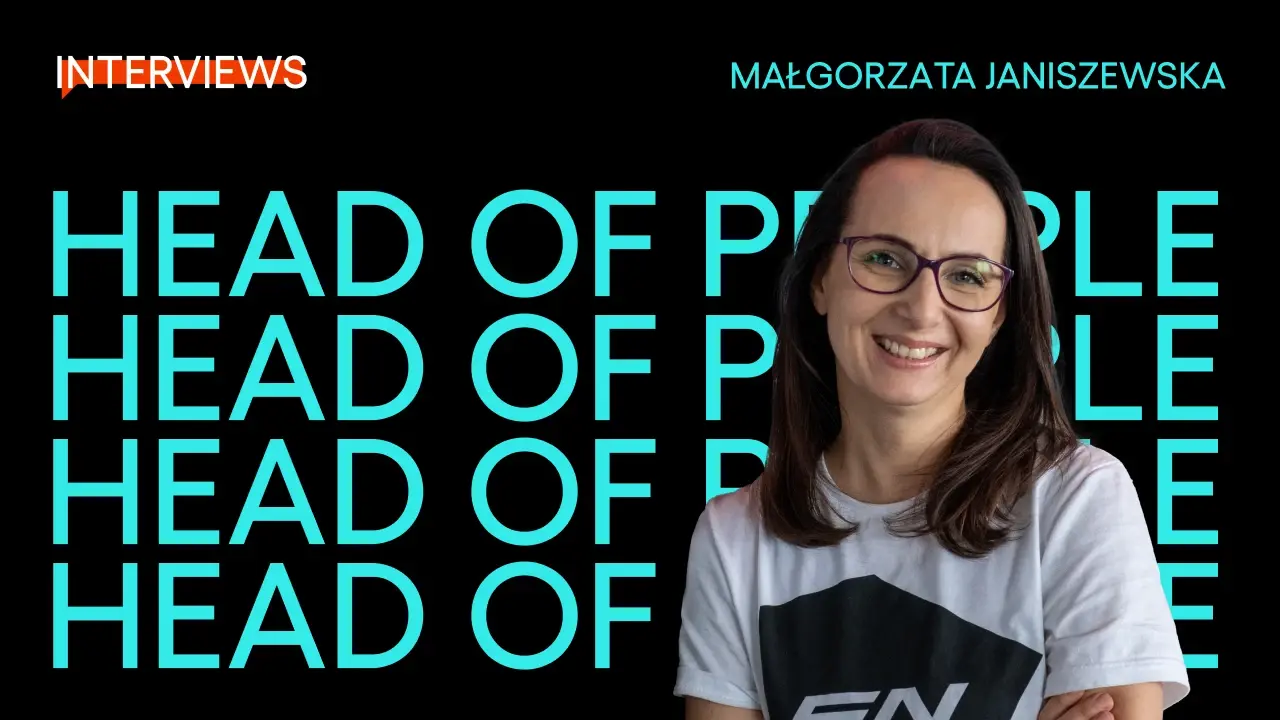Kotlin Multiplatform (KMP): Revolutionizing Cross-Platform Mobile Technology in the Banking Sector


In times when a competitive advantage is imperative to win clients, banks are constantly seeking innovative solutions to enhance customer experience, improve efficiency, and stand out within their industry. This article will focus on a specific technology that can help the banking sector achieve these goals – Kotlin Multiplatform (KMP). Our goal is to showcase its transformative potential and how it can empower financial institutions to deliver mobile applications with a high level of security, reliability, and functionality.
Introduction to Kotlin Multiplatform (KMP)
For years, the main goal of many programmers has been to build software that would work excellently on all devices and operating systems, without the need to code it for each platform from scratch. Many cross-platform technologies like Flutter and React Native allowed them to achieve this goal. KMP enables shared business logic in native Android and iOS apps (also desktop and web) to create one codebase for many platforms. Let’s take a closer look at this technology.
Kotlin Multiplatform (KMP) is an open-source technology developed by JetBrains, the creators of the Kotlin programming language. It allows developers to build solutions that share business logic and code across multiple platforms. Supported platforms include Android, iOS, desktop, and web. Thanks to KMP, developers can use the power of the Kotlin language to write code only once and deploy it seamlessly across various systems, saving time and resources in the production process. This means that the company doesn’t need an additional team of specialists (like, for example, when building cross-platform solutions in Flutter which operates on Dart language), but their Android experts can almost immediately leverage KMP to build apps for multiple platforms.
The KMP ecosystem is constantly evolving, with an increasing number of libraries, tools, and resources being developed to support the community. Thanks to them, developers can accelerate their work even more and build multifeatured systems with user-friendly UIs (especially thanks to Compose Multiplatform) for financial applications and other types of software. As the framework expands, we will definitely experience greater adoption of KMP across industries.
Bridging the gap between Android and iOS
One of the crucial advantages of KMP is its ability to serve as a connector between Android and iOS platforms. Traditionally, developing apps for both required separate codebases. However, KMP allows programmers to write shared code for various features (e.g., data processing). This significantly reduces the amount of work, shortens time-to-market, and optimizes budgets. Such an app is also easier to maintain after release.
Advantages of sharing app business logic in KMP
There are several benefits to using KMP for developing financial mobile apps for multiple platforms:
- Native-like feeling: Banking applications made with Kotlin Multiplatform utilize all features of the platforms they are deployed to and deliver a distinctive user experience across platforms.
- Great performance: KMP is an excellent tool for creating efficient, fast apps, which is essential when building solutions for financial operations.
- Shorter development cycle: Shared code means programming efforts can be sped up, leading to less time-consuming development.
- Budget-friendly: Thanks to faster production and a smaller amount of resources required, apps made with KMP are not as costly as native products.
- Consistency: Apps made with KMP behave similarly on all devices, ensuring a consistent user experience across platforms.
- Decreased number of malfunctions: With a single codebase, there are fewer bugs, which leads to easier fixes and accelerated maintenance.
- Up-to-date product: Introducing enhancements and new features becomes easier with KMP.
Challenges of KMP
It’s essential to remember the challenges KMP might raise in building shared app business logic. The main difficulty might concern iOS developers. They have to learn the new language and understand the framework before they can freely code. Android specialists already know Kotlin, which is the main language for native app development for this system. The learning curve, of course, depends on the current knowledge and experience of a particular dev. Moreover, Kotlin is considered easier to learn than Dart or JavaScript.
Another difficulty that might occur is integrating KMP into existing projects, which may require additional tools or big adjustments. Using this technology might also produce more lines of code if the project is not designed with caution. The same goes for sudden changes in project scope – adding new features can be time-consuming.
How to achieve the balance between shared and platform-specific code with KMP?
When using Kotlin Multiplatform, it’s paramount to find the ideal balance between platform-specific code and shared parts of the software. Such an approach maximizes efficiency in the reused code while addressing individual requirements from each platform. That’s why it should be planned during the initial stages of the project and correspond with the objectives within the scope. The analysis of needs can help detect common patterns. It can also determine which features are suitable for shared code and which ones have to be implemented as platform-specific.
To facilitate this process most sufficiently, it’s important to foster collaboration between developers, seek alignment between components and modules that share similar aspects, and minimize duplications across software architecture. Organizing the codebase according to best practices, such as modular structures and common source sets, is the first step toward the cohesiveness of the project. Regular code reviews and refactoring sessions are also a great way to optimize code.
Additionally, comprehensive testing helps programming teams to validate both shared and platform-specific code, ensuring compatibility and addressing potential regressions across platforms. Iterative development and continuous feedback are recommended to refine any KMP-based app to achieve optimal balance and build a robust final result.
KMP in practice: VeloBank case study
Recently, we’ve completed a project that can illustrate the vast potential of Kotlin Multiplatform in the banking sector. Our team was working with VeloBank, a modern bank that offers innovative online services. Together, we’ve prepared their new online service, including the mobile application. Thanks to Kotlin Multiplatform, we’ve created a platform with many features, including integrations with external providers (e.g., for insurance products), currency exchange services, digital ID access, and comfortable payment methods like BLIK.
In 2023, VeloBank was nominated for the Banking Tech Awards and won the Best Newcomer Banking Brand. This proves that betting on new technologies like KMP can not only provide a better experience for the bank’s customers but also improve recognition among financial organizations. VeloBank’s philosophy is deeply rooted in delivering high-quality services that are powered by modern solutions. That’s what allowed the company to distinguish themselves in the crowded financial sector.
The future of KMP: What can we expect?
Almost 2 years ago, we’ve been predicting that KMP would improve and fix potential issues. In 2024 and beyond, we can expect the growing popularity of this framework. The continued advancements and growing adoption look promising. They are a chance for brands from the banking industry (and other business areas) to provide extraordinary solutions for their customers.
In November 2023, JetBrains announced that Kotlin Multiplatform became fully operational and presented the roadmap for the upcoming months. It showcases what the creators will focus on this year. One of the main goals is to finish Compose Multiplatform. It’s a UI framework that allows developers to build aesthetic apps with a plethora of well-optimized features. The team will also focus on perfecting the main IDE and providing useful coding tools. Last but not least, they will improve the library ecosystem.
We can’t wait to see how KMP will expand in the future and what will it mean for the software programming community, as well as their clients. Check out our portfolio if you’d like to find out what we can do for your banking application using Kotlin Multiplatform and other modern, robust technologies.




